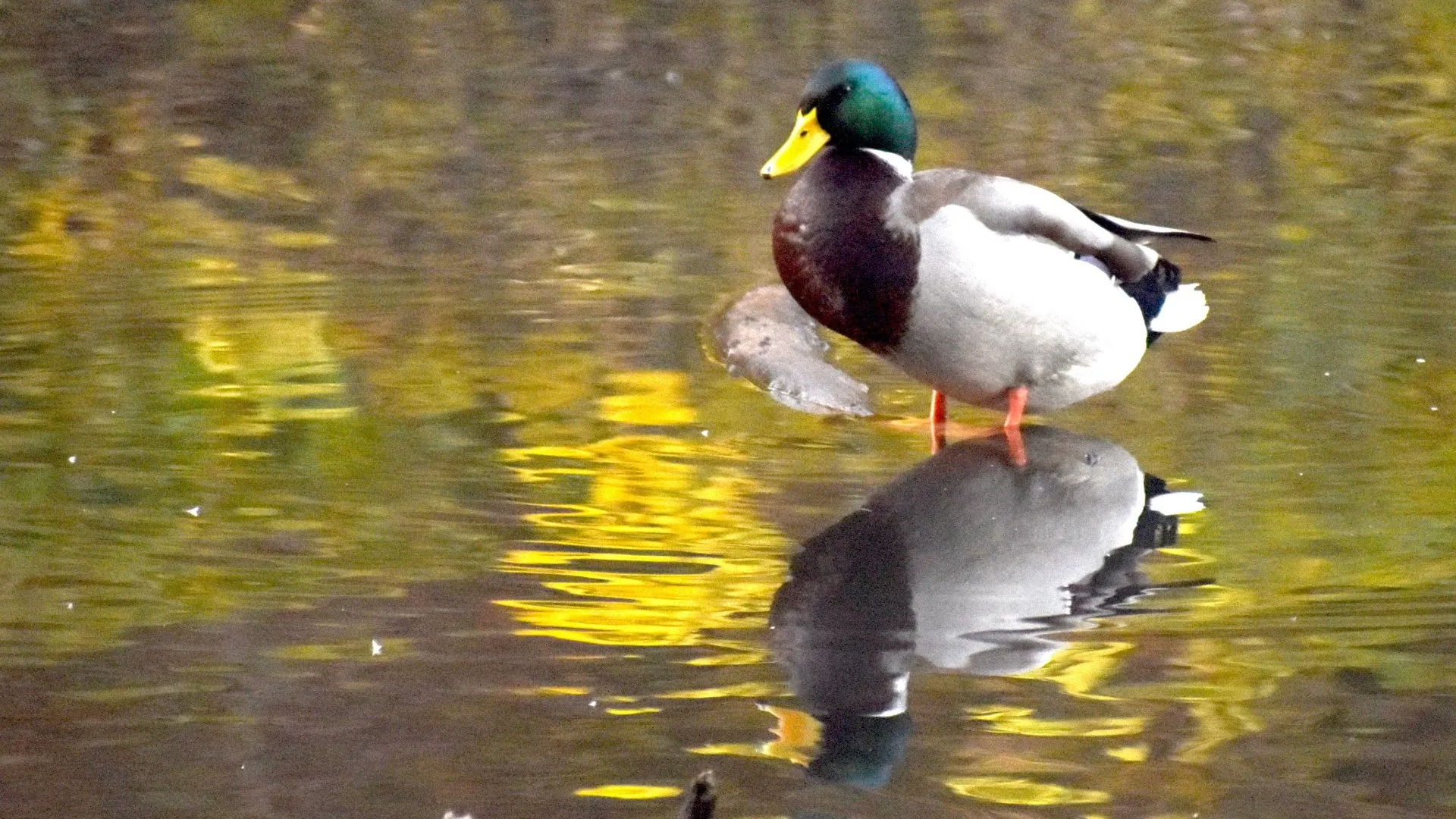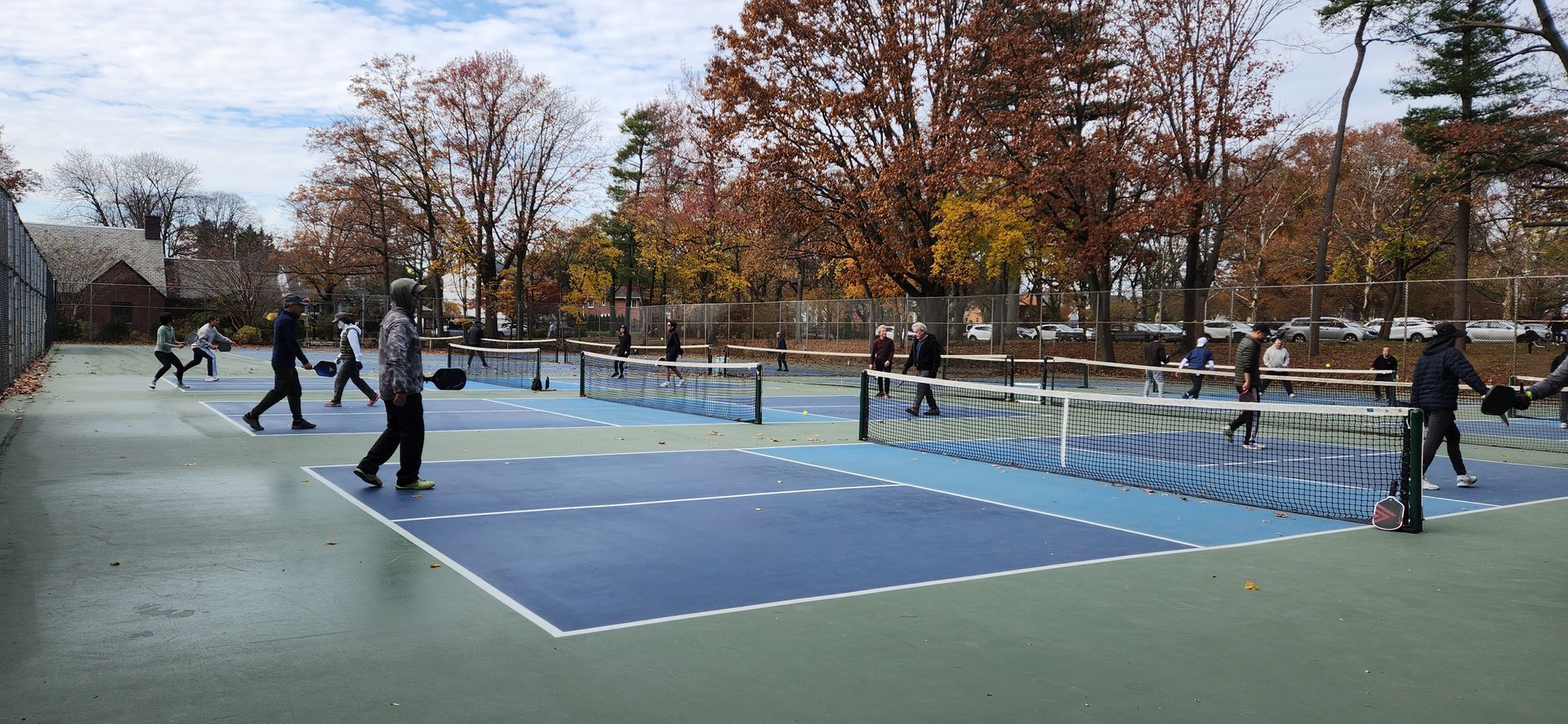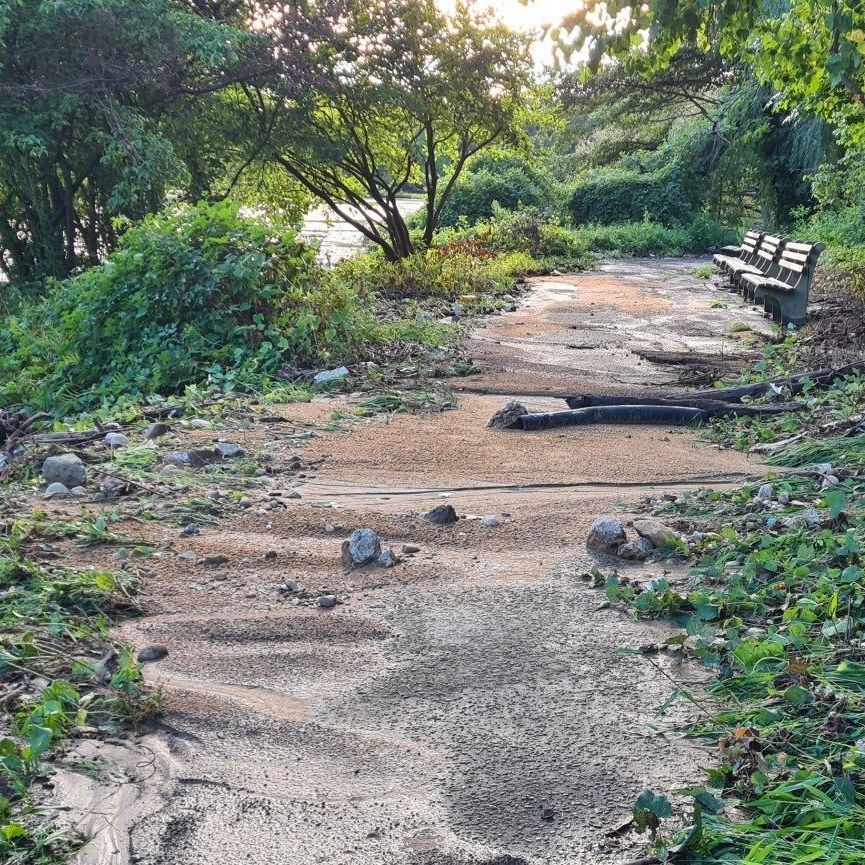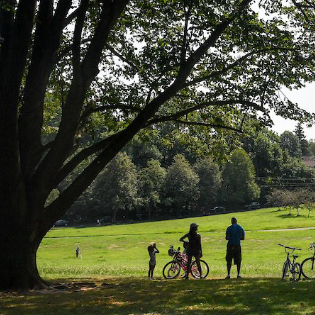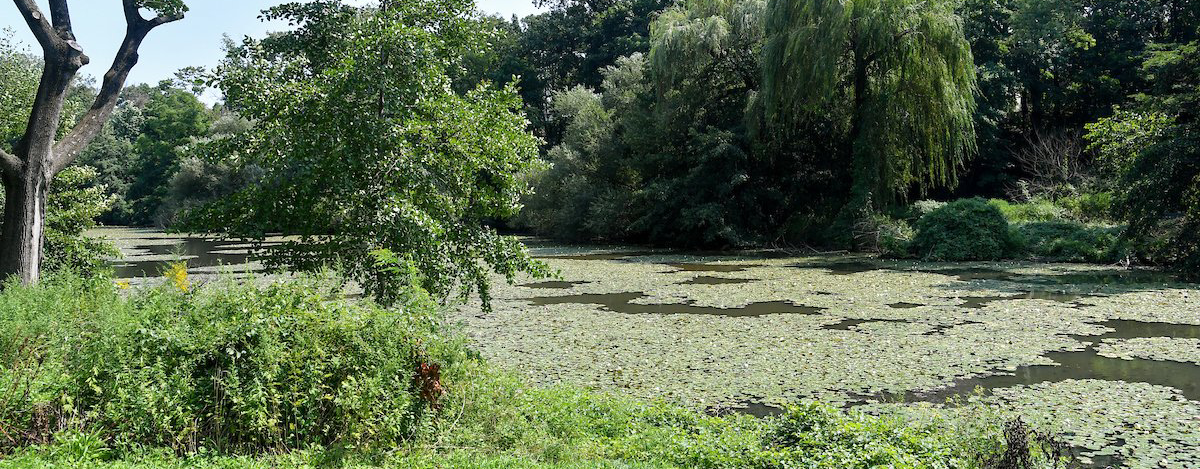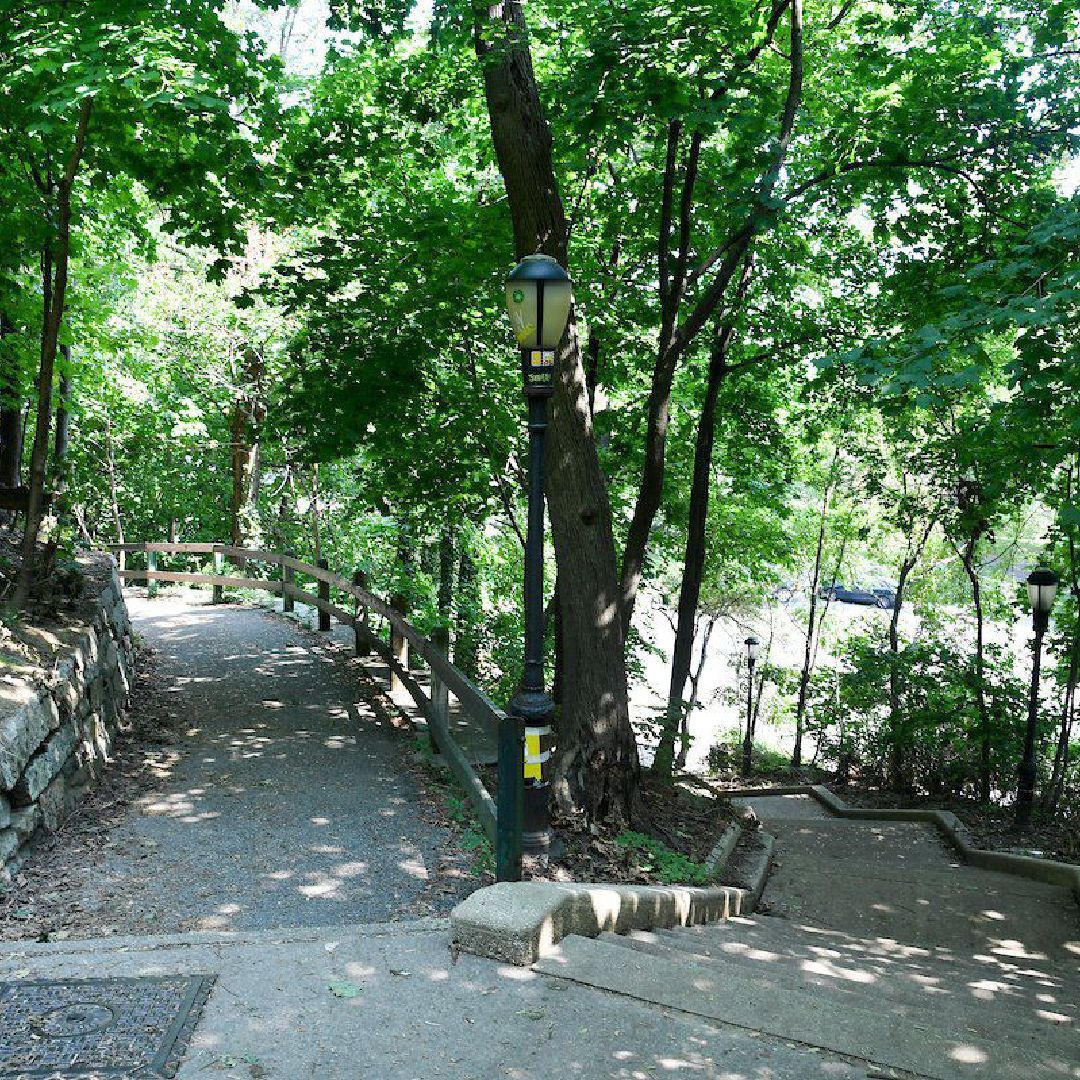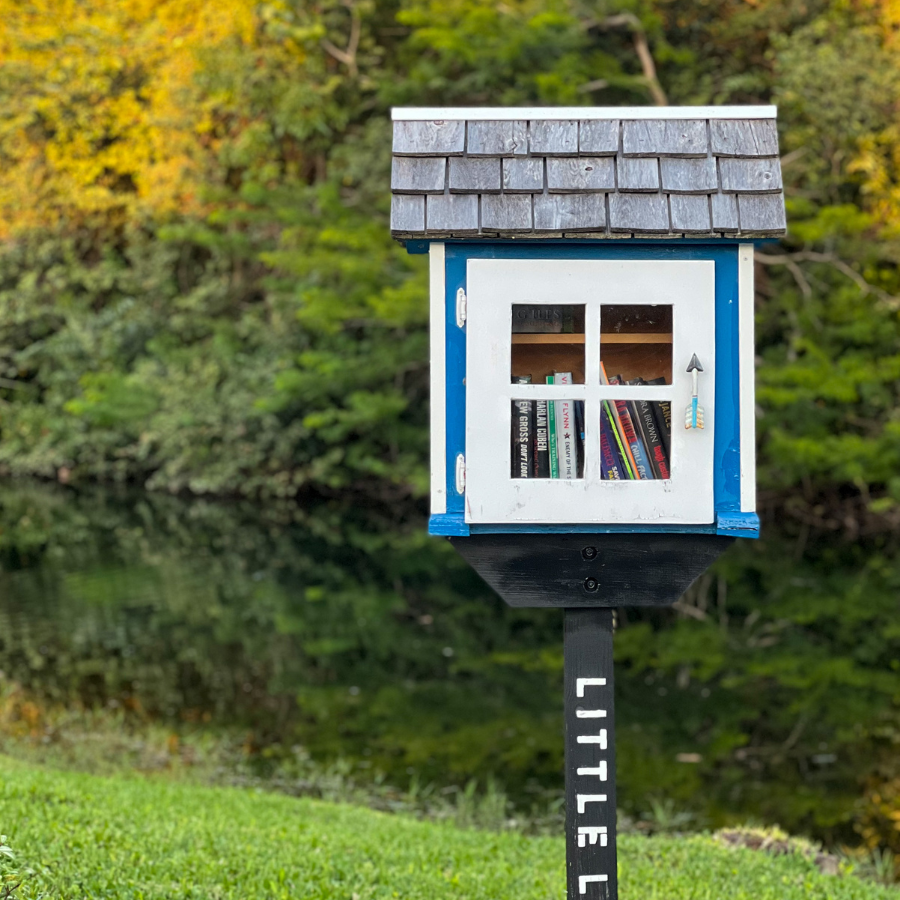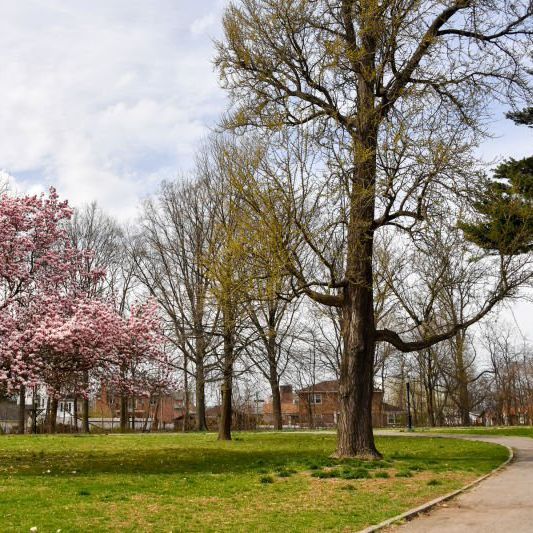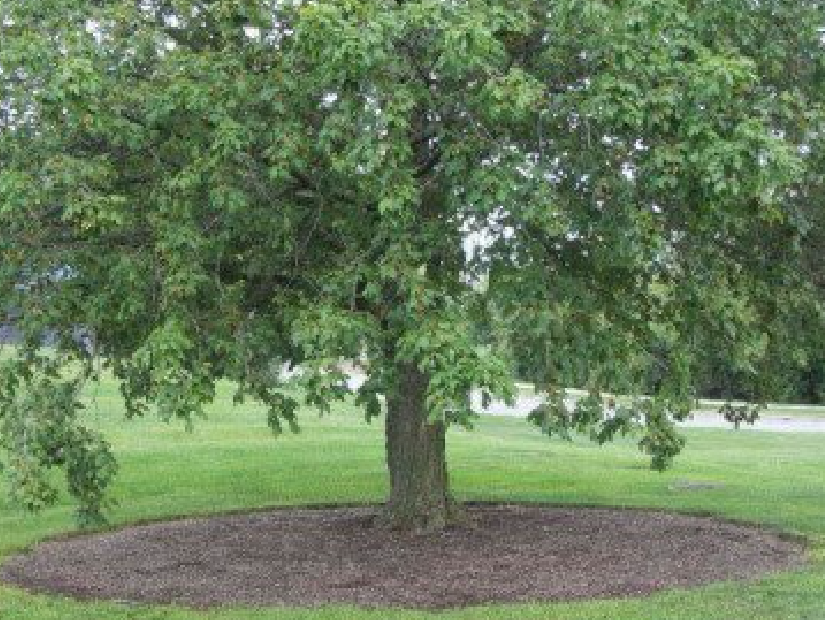9 Ways to Coexist with the Wildlife in Our Park
We Can Help Keep Wildlife Wild!
There is a lot of beauty to see in Crocheron & John Golden Park. While we love to see the variety of people and activities, we want to make sure that we are respecting animals homes. We are going to go over 9 Ways We Can Coexist with Wildlife in Our Park! These are from NYC's Coexistence Pledge.
Even though NYC has changed since it was first settled by indigenous tribes, there are still a number of raccoons, fish, birds and animal animals that have adapted to live in NYC. Our neighborhoods have grown up around their homes. And while sharing the city with wildlife is exciting, we need to make an effort to coexist with them.
We can do a number of things to prevent conflicts, making coexistence possible. Below we have outlined the 9 actions that we can pledge to take to improve the lives of wildlife in New York City. Please make the Coexistence Pledge with fellow New Yorkers to help create a safe future for every furry, feathered, or scaled New Yorker.
Photos on this page are by Jan Arzooman, member of Friends of Crocheron & John Golden Park
9 Ways to Coexistence with Wildlife!
- Do not feed wildlife
- Appreciate wildlife from a distance
- Call 311 if I see a sick or injured animal
- Vaccinate my pets against rabies
- Keep my pets leashed and supervised
- Pick up trash and litter to keep wildlife habitats safe and clean
- Share NYC's parks and beaches with local wildlife
- Seal openings in my home or building that wildlife can enter through
- Learn more about urban wildlife and urban wildlife issues, and helping to educate others
Helping wildlife stay wild is something that everyone can do. Each one of us can follow the above 9 points. Let's get into each one and why they are so important.
1. Do Not Feed Wildlife
New York Department of Conservation's website, "Do Not Feed Wildlife" gives a great overview of why feeding wildlife has negative impacts.
Feeding wildlife is one thing in life where intentions do not matter, Feeding wildlife creates a number of problems. There is a healthy balance for wildlife population within their habitat. Interfering with the balance of the ecosystem. where abundant geese or waterfowls may lead to an increase in droppings. There is also an increased risk of diseases that animals will spread. When animals are concentrated in a small area, one piece of food can be touched by numerous animals and their droppings. The feces, saliva and urine, are great at harboring infectious diseases. These diseases can sometimes be transmitted to humans.
"Waterfowl like ducks and geese may willfully eat humans foods like crackers, bread, and popcorn. However, these items have little nutritional value and are poor substitutes for their natural foods."
- New York Department of Conservation
Feeding animals can cause malnutrition in wildlife. The kinds of foods that we eat are not a substitute for the natural food source. They are not a healthy diet for wild animals. In addition, by feeding wildlife, they may alter or stop feeding on the variety of foods that they need to eat. This is a variety of natural foods that animals have been eating since before indigenous peoples came to the land. Young animals will be extremely ill effected by eating a diet that is nutrient poor. As the young animal develops, there can be permanent damage in the development of its muscles, bones, and tissues. Learning not to feed normally, young wildlife will be less likely to survive.
We do not want to create unnatural behaviors in wildlife. The grouping together to feed and reliant on an unnatural food source makes that some animals may not migrate when they should. They may also become more aggressive towards one another and humans. Please help keep wildlife wild, and help encourage them to feed in a natural way.
2. Appreciate wildlife from a distance
Make sure that you and your family do not get too close to animals in Our Park. This keeps them safe and it can keep us safe. Some squirrels can give people cat scratch fever, As if 2020 was not bad enough, EcoWatch and other news outlets have reported that the bubonic plague has been found in one squirrel in Colorado.
3. Call 311 if I see a sick or injured animal
Do not assume that NYC Parks knows what is going on. Especially with recent budget cuts, we need to help NYC Parks Staff by being their eyes and ears. This goes for any animal, wildlife or a domesticated/stray animals.
4. Vaccinate my pets against rabies
Prepare for the worst case scenario - vaccinate your pet against rabies every year! Rabies is a terrifying disease and once a pet shows signs, it is often too late. Protect your pet and your family by keeping you animal up to date on his/her vaccinations.
5. Keep my pets leashed and supervised
While there are off leash hours in Crocheron & John Golden Park, we do ask that you supervise your animal. This will keep him or her from terrifying, injuring or killing wildlife.
6. Pick up trash and litter to keep wildlife habitats safe and clean
Come out to volunteer with us! Or bring a bag and a glove with you during your next walk around Our Park. We are looking to make consistent efforts to help clean the parkland of litter and trash. Small bits of plastic may not be an eyesore, they will degrade quicker and animals are more likely to ingest them. In addition, let's look to Leave No Trace when we are using Our Park. Be sure that nothing flys or floats away during your activities.
7. Share NYC's parks and beaches with local wildlife
Well, this one seems simple enough! We enjoy the beauty that wildlife brings to Our Park. It also means that NYC Parks lets trees in some areas of the park naturally degrade. Even a tree that is dead with no limbs, provides a place for woodpeckers to find wood-boring insects, like spiders, ants, and grubs.
8. Seal openings in my home or building that wildlife can enter through
This can also save you from having a profession come to remove animals that begin living in your building.
9. Learn more about urban wildlife and urban wildlife issues, and helping to educate other
You can join Friends of Crocheron & John Golden Park as a member to learn more about Conservation. NYC Parks also has a stewardship program. There, you can sign up to learn about taking care of parkland and help NYC Parks do it. Our local environmental center, Alley Pond Environmental Center (APEC) also has classes for children and adults, both in person and online.
We can all do out part to keep NYC wild and safe for all residents!

